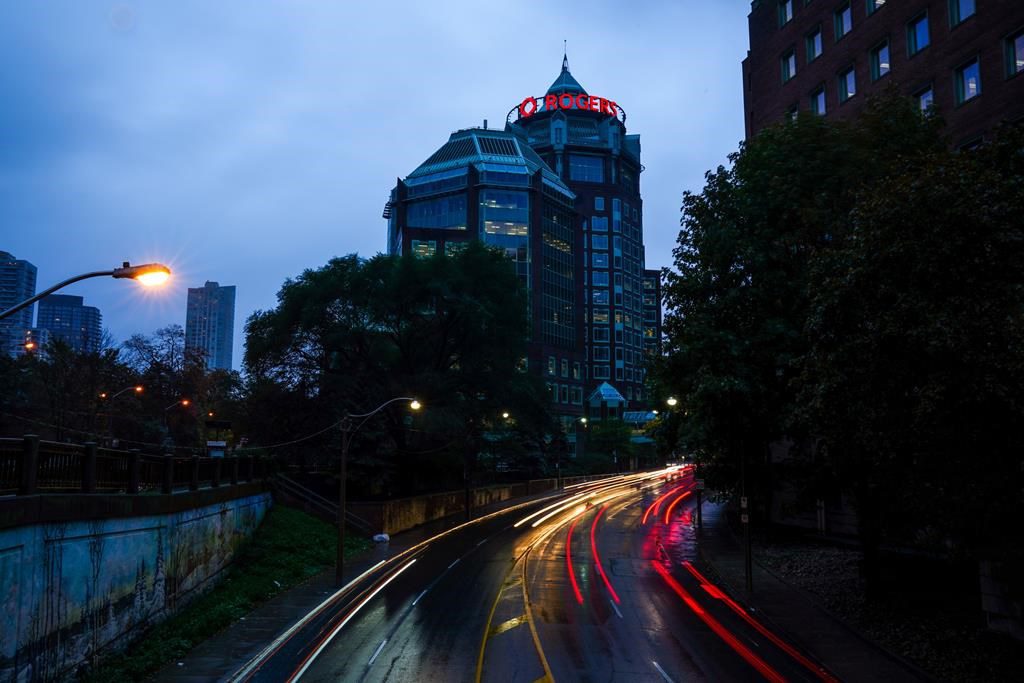The City of Toronto has approved Rogers Communications Inc. to install cameras and sensors at five intersections in downtown Toronto to monitor the movement of vehicles, pedestrians and cyclists in an effort to ease traffic congestion.
Rogers states that the 5G-powered artificial intelligence system will gather real-time data on traffic levels, speeds and congestion at the intersections as part of the city's congestion management plan, which was endorsed by the council last year.
On Thursday, councillors authorized the city to initiate “transportation innovation projects” using “both pre-commercial and early-market technologies.”
This allows the city to launch the pilot in collaboration with Rogers. The company will place the cameras and sensors along University Avenue at Adelaide, King, Wellington, and Front streets, as well as York Street and Bremner Boulevard.
The pilot will start with an initial months-long phase focusing on data collection, after which the city will use the AI software to identify potential improvements to alleviate congestion at the intersections. It is said that the technology will eventually be able to analyze and manage traffic in real-time, including making AI-powered traffic signal adjustments.
“I think we’ve all kind of had that experience where you’re sitting at a traffic light and there’s no cars coming in the other direction,” said Neel Dayal, head of innovation and partnerships for Rogers.
“The idea here is that situation really shouldn’t occur. By having a good bird’s eye view of what’s happening in the intersection, you can dynamically change the lights to ensure that there’s no cars sitting, idling, or pedestrians or cyclists in that matter.”
The city has previously hinted at its plans to carry out such trials as part of its congestion management plan.
Transportation Services general manager Barbara Gray mentioned in a report to the infrastructure and environment committee last month that the city would collaborate “with the local telecommunications companies to create a virtual testbed whereby technologies can be physically implemented in the field but tested in a safe, secure cloud computing environment.”
Dayal said the technology is capable of identifying and categorizing various “objects,” including pedestrians, cyclists, buses or cars, and adjusting light changes to enhance safety and traffic flow.
“You can improve both the traffic, but also ensure that there’s safe passage for vulnerable road users,” he said.
This marks the first time Rogers has deployed the technology in a large urban environment.
In 2022, it conducted a two-week trial of the system as part of a research partnership at the University of British Columbia’s Vancouver campus, where it similarly installed its traffic sensors and cameras at five intersections.
The company mentioned that the UBC trial helped reduce vehicle delays by 182 hours and pedestrian delays by 93 hours on campus, while also cutting 2.8 tonnes of carbon emissions during the test.
The technology remains in use at the campus, said Dayal, noting he was curious to see if the results from the upcoming Toronto study would differ given the much higher volume of road users in the city’s downtown core.
“We discovered at UBC that using both video and radar helped us to truly understand what’s happening at the intersection,” he said.
“We are aware that the city is heavily concentrated on expanding various forms of transportation, such as walking and cycling, so we want to ensure that the roads are secure for those kinds of users.”



